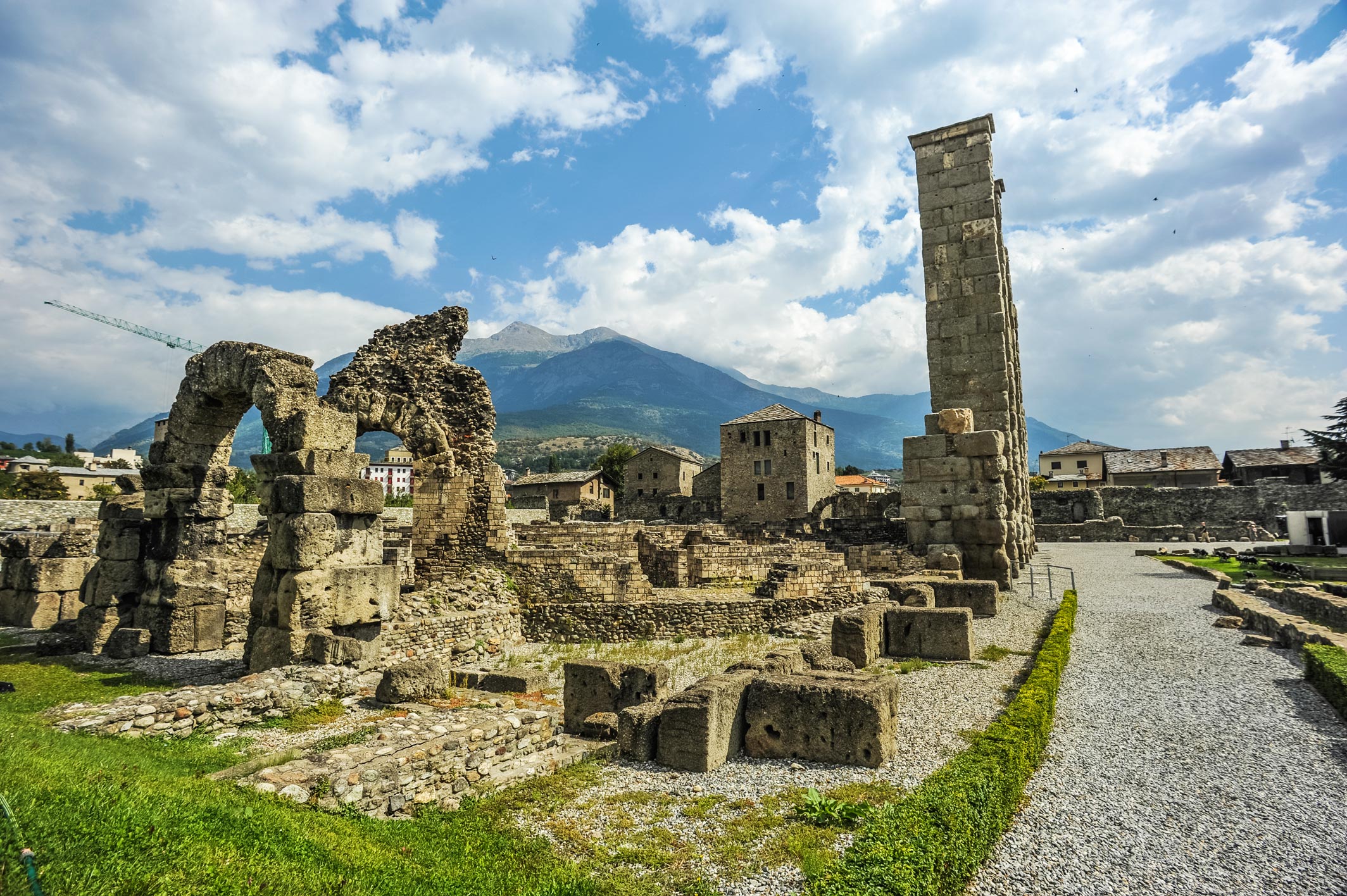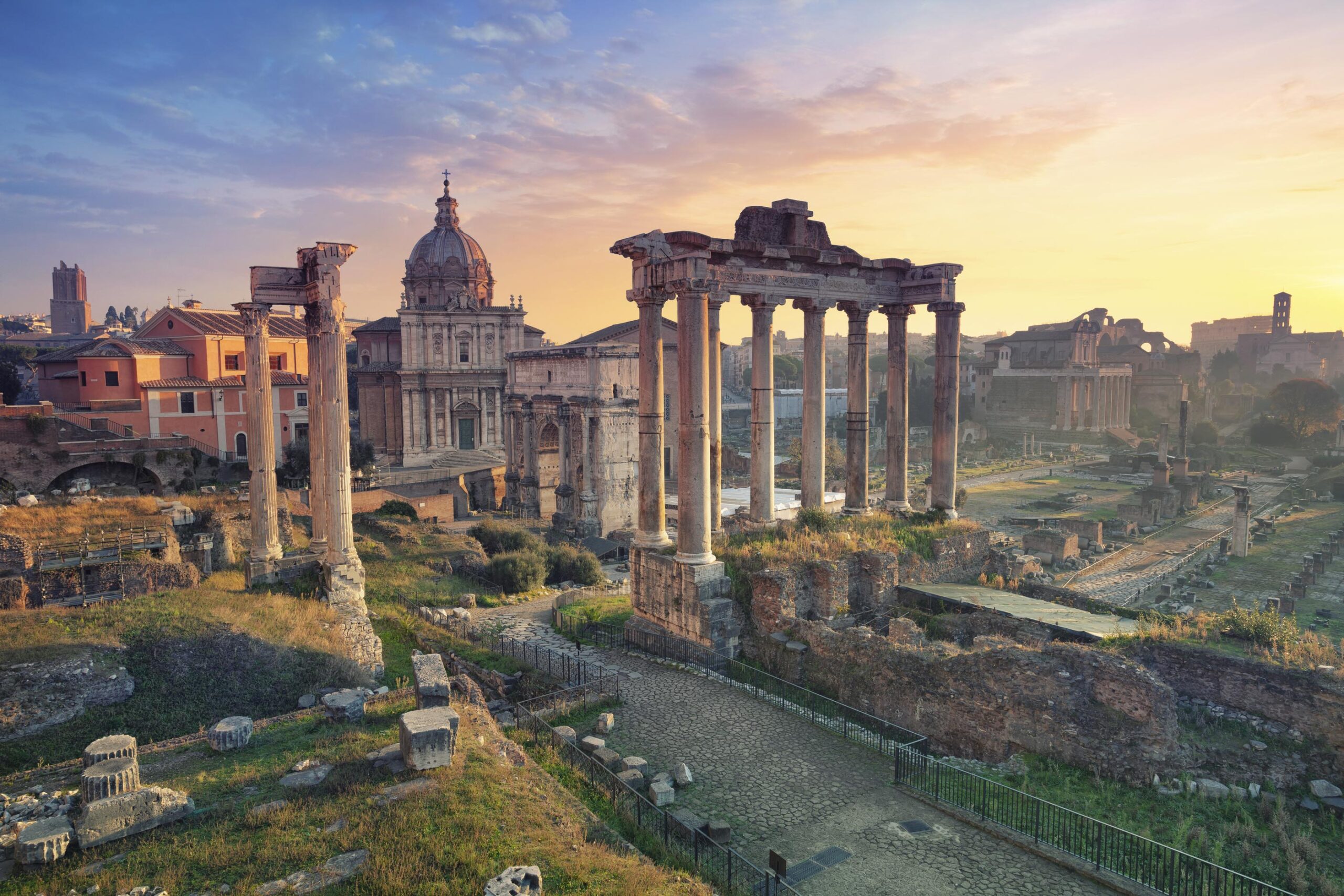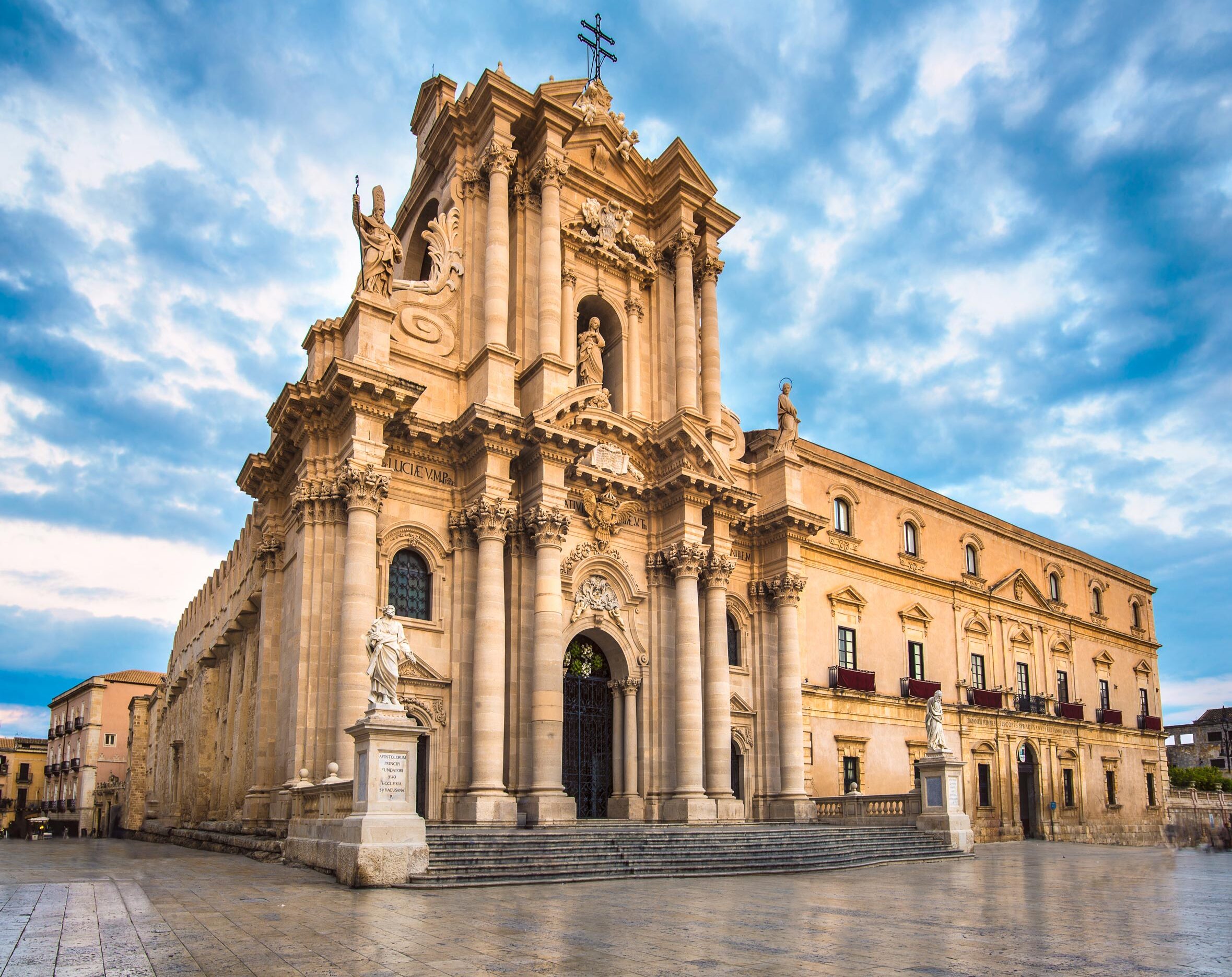An intro course in Italian Architecture
Bel Paese
Bel Paese (the nickname for Italy meaning “beautiful country”) is loaded with incredible architecture and thousands of years of history. Cathedrals and Colosseums, from Venice to Verona, Italy has 58 UNESCO World Heritage Sites spread tip to toe — more than any other country in the world.
Keeping straight the different historical periods that these sites come from can be challenging. Materials used, structural choices, imagery represented — there is a lot going on. Here are some tricks to I.D. a building on tour and impress the other travellers in your group with all your Jeopardy-style knowledge.
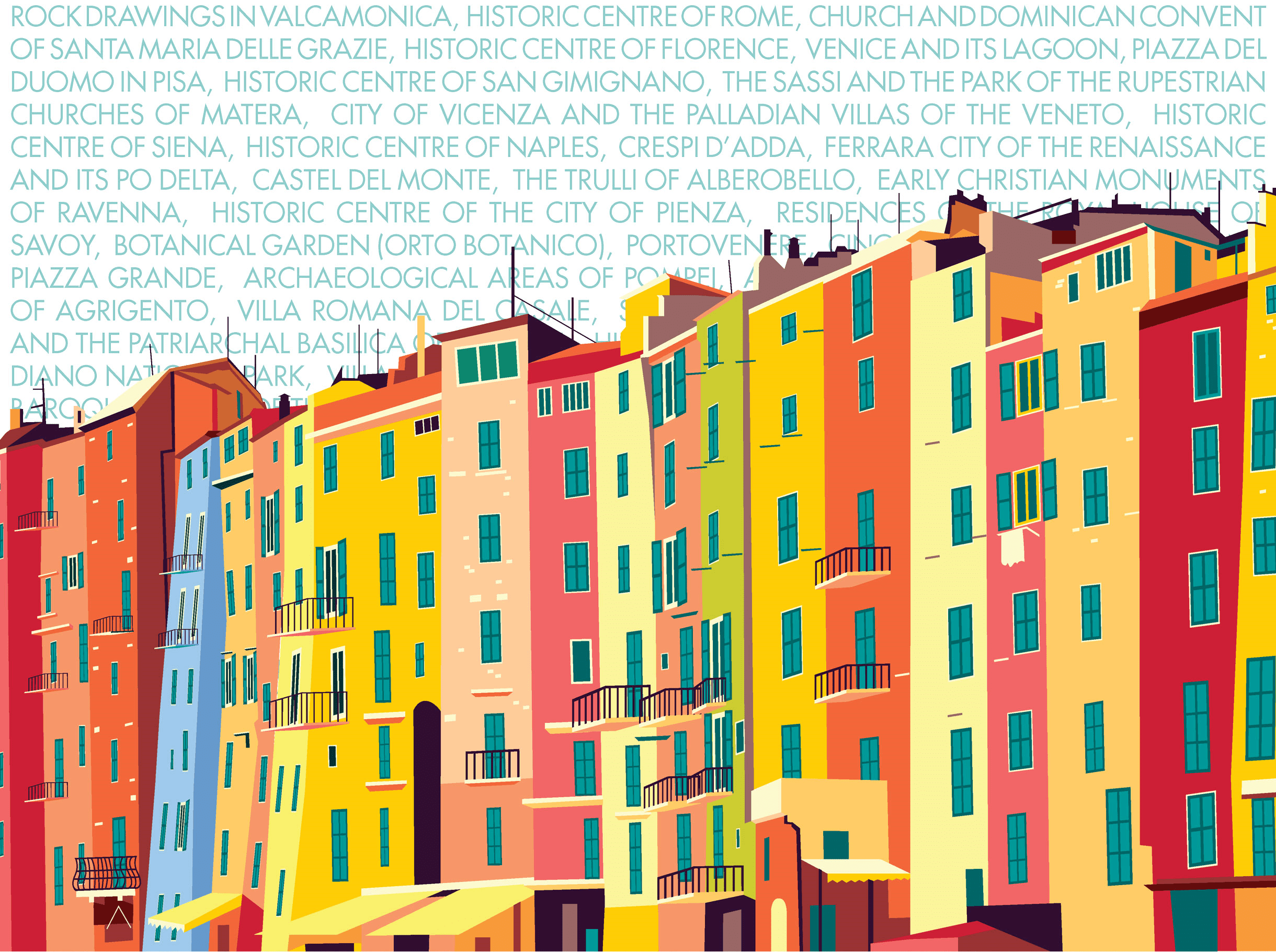
Consider this your cheat sheet for recognizing the main architectural styles of Italy:
Greco-Roman
Built anytime between 332 BC and 395 AD, Greco-Roman architecture can be found most notably (and obviously) in Rome, but was spread as far as the Iberian Peninsula and Cyprus. It takes after three Greek styles popular in the same period: Doric, Ionic, and Corinthian.
Described as “magnificence epitomized”, large arches, columns, and domes characterize the architecture of this period, and many buildings were constructed in marble, limestone, and concrete. Building such large and heavy public works projects relied on importing engineering and mathametic techniques that were the most cutting edge innovations in Greece at the time. Think: the Colosseum.
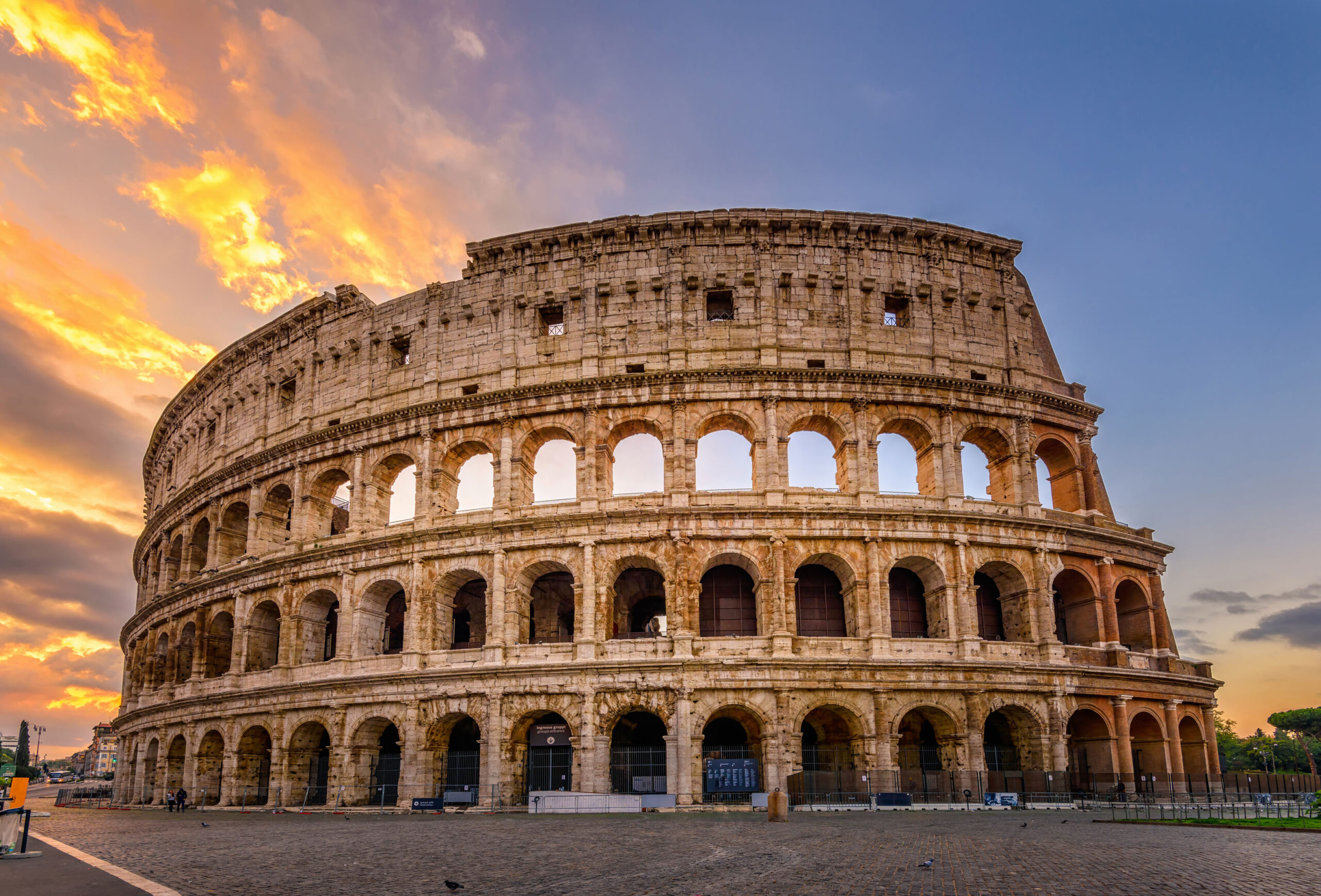
Byzantine
Moving right along, the Byzantine era was from 527 to 565 AD, popularized by the style of Constantinople (now Istanbul, formerly ancient Byzantium) and spread to Italy through trade and conquest. It got its 15 minutes of fame thanks to Christian Orthodoxy under (you guessed it) the Roman Empire.
This architecture period was all about giant square buildings with huge domes on top to allow many to join Religious services underneath. That, and beautiful mosaics on vaults, gold touches and jewel tones. Think: St. Mark’s Basilica in Venice.
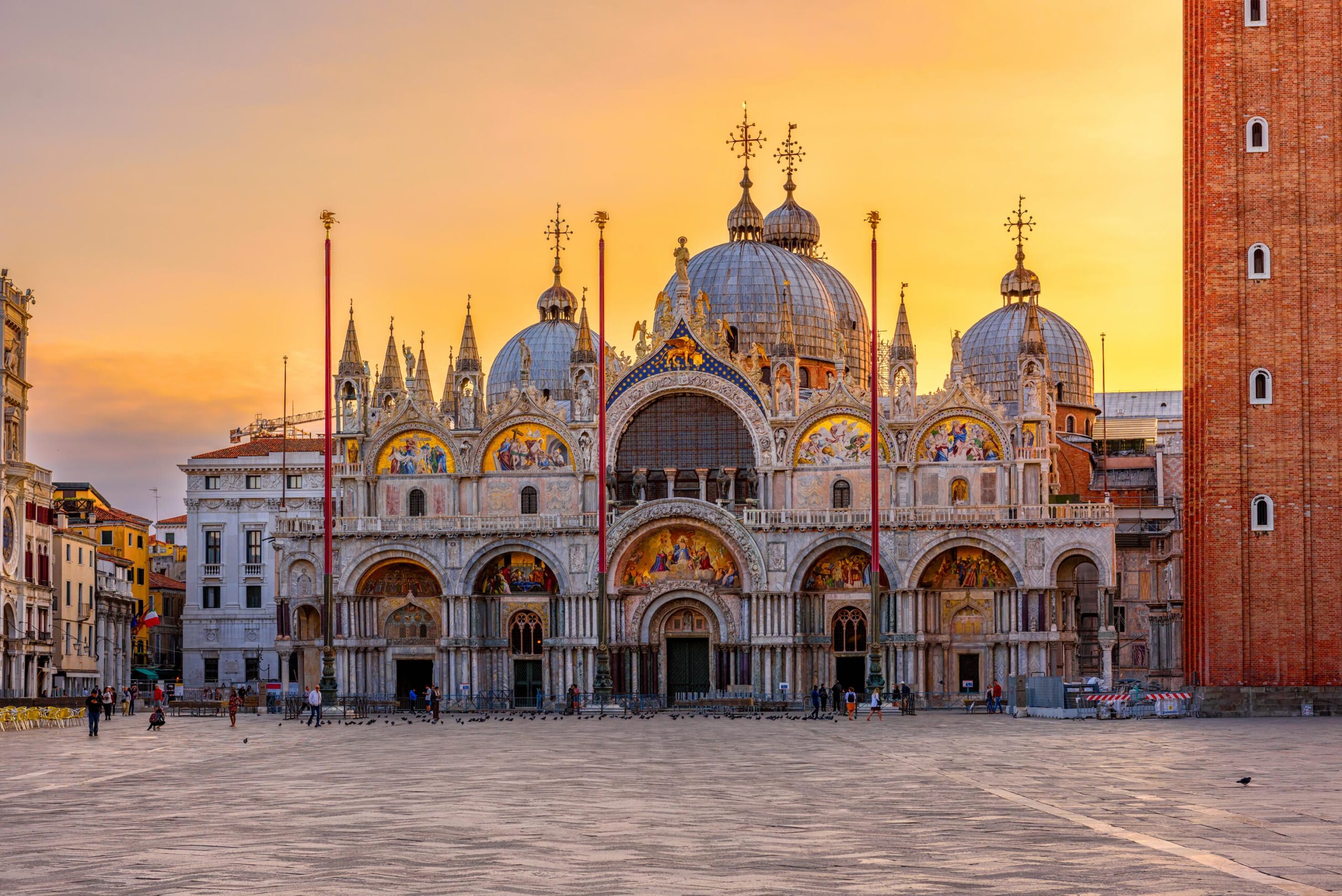
Romanesque
Following centuries of Barbarian rule, Italy saw a revival of the cities that took place between the 10th and 13th centuries (the Middle ages). During this time Italians had one thing and one thing only on the mind: Christ. The style of the time was ripe with Christian symbolism, which was often painted onto frescoes or carved into relief sculptures.
Architecturally, they borrowed from the Roman Empire’s book on columns, arches, and cross vaults, but they also popularized towers and crypts. Commonly cities were often walled-in as military protection. Think: the Siena Cathedral.

Renaissance
Following the Middle Ages, Italy went through a “rebirth” marked by rapid development in culture, politics, the economy, and just about every other aspect of Italian life. The Renaissance was all about fusing art, engineering, and science, and the buildings of the 15th-17th Century reflect that.
They took the building blocks of Greco-Roman architecture and ran with them, focusing on symmetry, harmony, and aesthetics, with ornate facades, decorative domes, and even more columns. Think: Brunelleschi’s Dome.
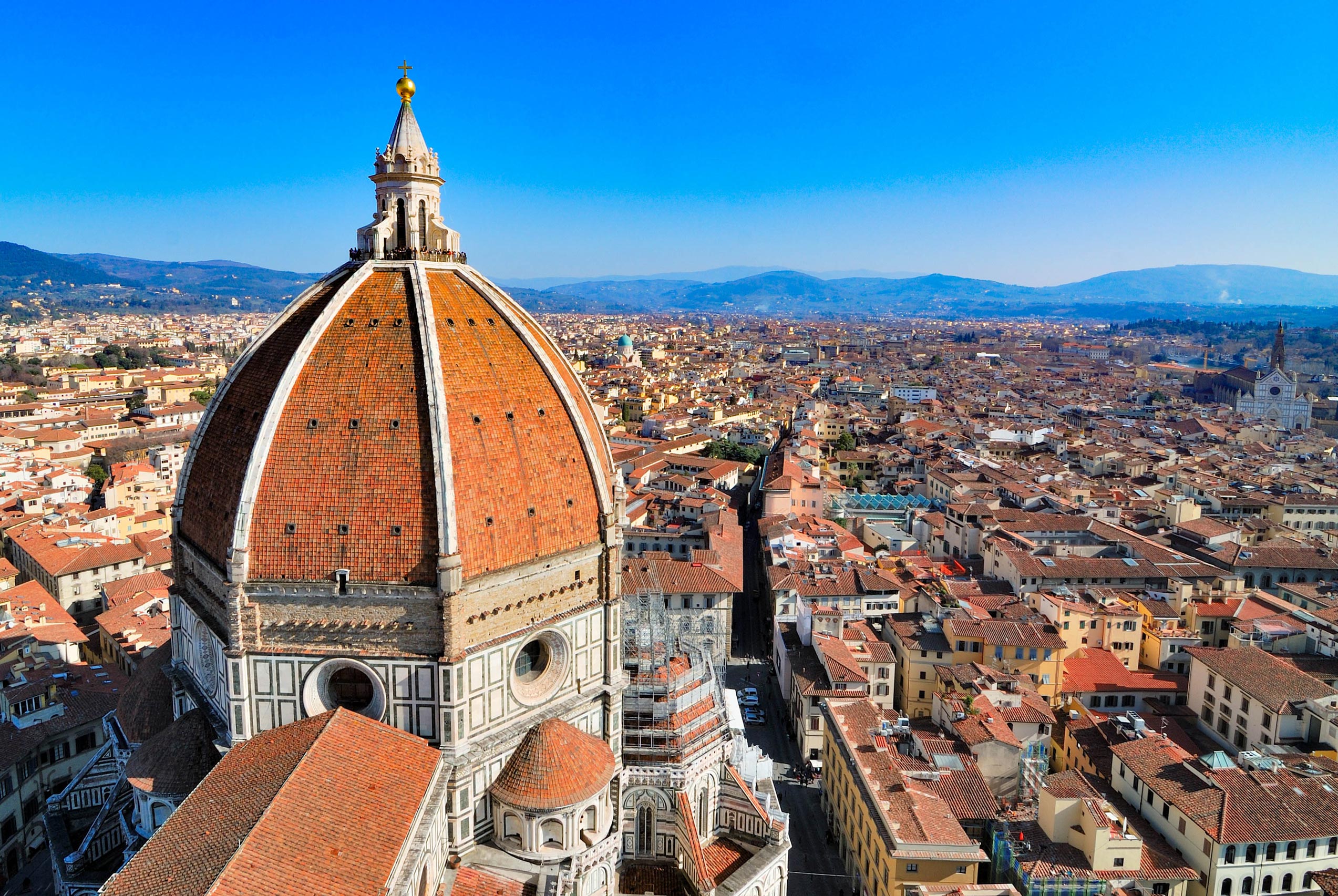
A few other styles on display in Italy
Why read about it?
Check them out on tour!
Signature Italy Tour
A cherished favourite for many travellers and the home of the “Dolce Vita” way of life, Italy has an expansive and established influence in world culture. Fall under the sublime charm of fine leathers, Renaissance art, classical music, delicate pasta, Neapolitan pizza, wonderful wines, fresh mozzarella, and velvety chocolate. From Venice’s waterways and Pisa’s leaning tower to Florence’s Duomo and Cinque Terre’s panoramic views — an unforgettable experience awaits. Our complete itinerary goes beyond the essentials and is the perfect way to discover Italy for the first, second, or tenth time.
Departures: April & May 2026September & October 2026April & May 2027 (+$200)
Sicily & Southern Italy
Fresh artichokes, tomatoes, sweet almonds, aubergine and cold pressed olive oil will never taste the same. The south of Italy has its own spin on everything, and food is only one example. Lose yourself in the Sicilian heartland and learn about the myriad of civilizations that each left their mark on the island. Discover Greek temples, Arab-inspired markets, Norman castles, and the shimmering beauty of the volcanic Aeolian Islands. A few kilometres north, Calabria and Puglia offer distinct culinary traditions and spectacular coastal towns. Celebrate the art of living, eating and travelling slowly, in the region that started it all.
Departures: April & May 2026September & October 2026April & May 2027 (+$200)
